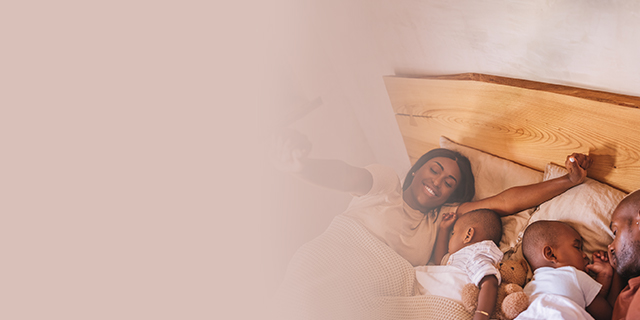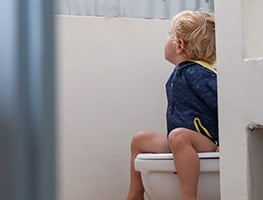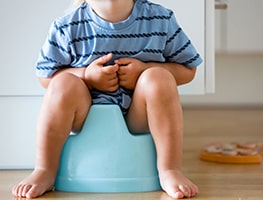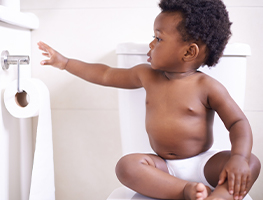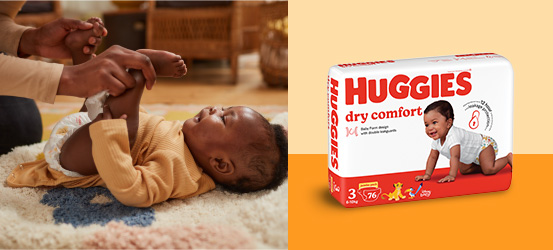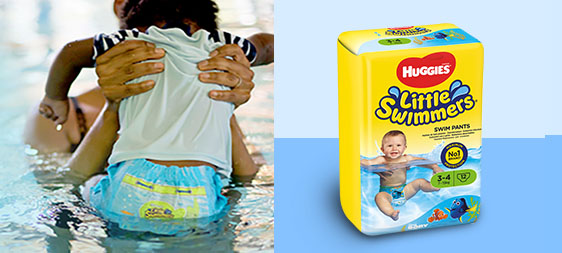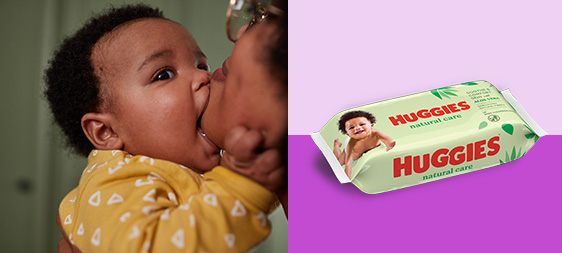Taking potty training from day to night
When Tracy worked on potty training with her twin daughters, she discovered that training for night-time was going to be as much of a challenge as daytime training – and that each daughter was going to do things her own way.
“Hannah trained pretty easily at night because I believe she has the bladder of a camel,” Tracy. “Right now I’m trying to encourage Lizzie, but I think her bladder just isn’t ready for night-time training.”
As Tracy discovered, toilet training is a round-the-clock activity. It doesn’t end when bedtime comes. Just as children are learning how to control their bodily functions during the day, their bodies are learning to be alert to bladder urges at night.
It’s not the same as bedwetting
When parents decide it’s time to begin toilet training, they usually look at the developmental process as a whole. By age 2, most children are aware that the bladder is full, but it isn’t until they are around 4 years old that they learn how to pee on demand.
During the day, a child is awake and able to respond to the full bladder, but a sleeping child will not notice their full bladder. Also, children aren’t always able to completely empty their bladder before going to bed.
It’s important for parents to remember that night-time wetting during the toilet training process is not the same as bedwetting.
We do not classify children as bedwetting until they are 5 years old. Parents need to remember that it can take up to 2 years before a child is completely trained at night.
The bladder functions best when it is emptied between 8 and 10 times a day. However, most children don’t use the potty that often. A child that is working on toilet training might run to the bathroom two dozen times a day, but rarely do they actually wee and, even then, they don’t always completely empty their bladder.
If the child is weeing frequently and fully during the day, the night-time stuff will come more naturally.
Attitude is everything
Just as with daytime potty training, parents need to keep a positive attitude about night-time wetting.
Always be very positive. Yelling at, or punishing the child for wetting the bed will only cause setbacks.
Here are tips for transitioning to night-time training:
Be aware of the child’s readiness. At night, children should feel comfortable getting out of bed and finding the bathroom alone. If the child can’t get out of bed without help – for example, if they have a rail to prevent them from falling out of bed – they probably aren’t ready to begin night-time training.
Use a mattress cover.
Make a trip to the toilet just before turning out the lights part of the bedtime routine. Also, encourage the child to use the toilet as soon as they wake up. This will help put the bladder on a schedule.
Be patient and reassuring.

